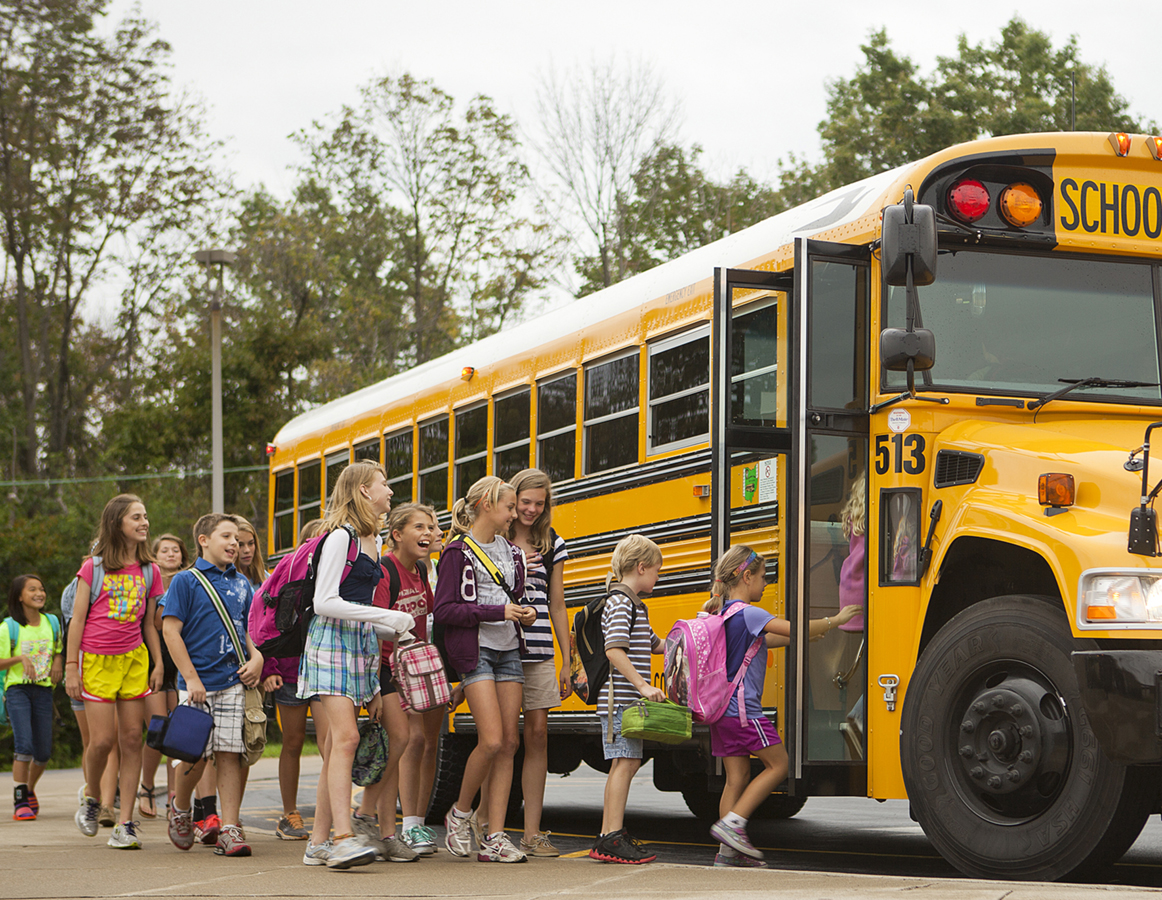You must have cookies enabled for the site to work properly.

School Emergency Preparedness Takes A Village
Tuesday July 20, 2021
Every school day, roughly 55 million elementary and secondary school students in public and nonpublic schools entrust our nation's educators and administrators with providing a safe and healthy learning environment. Families and communities want schools to protect their children and youth from threats (human-caused emergencies like crime and violence) and natural disasters (catastrophic weather, fire, flood, earthquake and pandemic disease). To this end, schools can create a school Emergency Operations Plan in partnership with their local government and community partners to prepare for these potential emergencies with a cohesive approach to preparation and reaction.
Natural disasters and other emergencies can strike at any time, and when they do, everyone in the school should be ready to respond safely and effectively. Administrators, teachers, staff, parents and students must collaborate to promote and sustain school-wide safety while minimizing the impact of emergencies and other dangerous situations.
The importance of preparing school authorities and first responders to conduct emergency operations plans is highlighted through lessons learned from school incidents. Schools play an important role in adopting preventative and protective steps to avoid an emergency from arising or to lessen the impact of an occurrence by having procedures in place to keep students and staff safe.
School workers must respond swiftly to a school-based emergency, despite the fact that schools are not traditional response groups. Before first responders arrive, they offer first assistance, notify response partners, and give instructions. They also collaborate with their community partners, such as governmental entities with a role in the school emergency operations plan, to ensure a planned and unified response. First responders (police officers, firefighters, and emergency medical service employees) as well as public and mental health organizations are among the community partners.
Is Your School in Danger? Examining Natural Disasters...
Many natural disasters can be forecast, providing adequate time for schools to evacuate or take other safety procedures, but others might strike without notice or undergo quick changes, putting a school in jeopardy. The first step in planning for these types of calamities for schools should be to identify the natural disaster risks in their location. Examples include extreme heat or extreme cold regions, earthquakes in California, hurricanes on the Gulf and Atlantic coasts, tornadoes in the Midwest, etc.
Pandemic and Other Man-Made Disaster Preparedness
Of course, natural disasters aren't the only emergencies that can strike a school. COVID-19 has shown us how susceptible our schools are to pandemic and the importance of PPE supplies for all. Another quite different, yet no less dangerous emergency is an active shooter situation. Having a plan is vital to protect students and staff as well as aiding victims with swift medical attention.
FEMA Reference Material For School Emergency Preparedness is Available
The Guide on Developing High Quality School Emergency Operations Plans (U.S. Department of Education, 2013), a school safety planning guide that covers a wide range of possible hazards and threats, was developed by FEMA in collaboration with the Department of Education and other federal partners.
This guide focuses on operational guidance (what to do before, during, and after an event) as well as physical protection (what may be done to improve safety in the structure and facility).
Design professionals, emergency managers, school administrators, instructors, representatives of concerned parent groups, and other relevant bodies all contributed to its creation.
See ProPac's Selection of School, University and Campus Emergency Kits Here